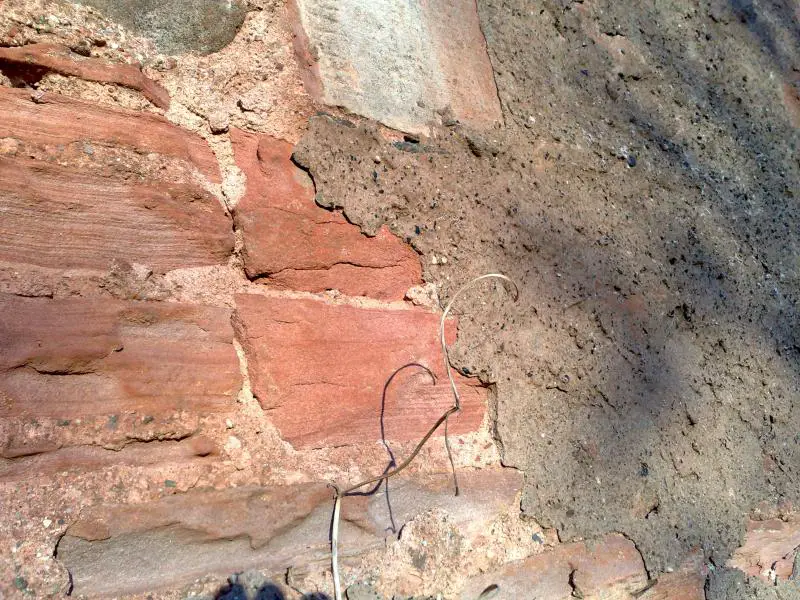looks like it needs a rerender m8te best way is. To remove all the old stuff.
Then brush off the brick work wetting the wall with water to help the suction.
ill set the beads now i use board addy with pva sets in no time and is water tite so no cracking and you can leave over night.
Then stat with a 4/1 mix of plastering sand and cement wth a bash of water proofer working the render till flatish rule off as you go filling dips (dont over work it)
Use a scracher over the render at the end of the day.
next day wet the way agen this will help with suction and help too key the render together.
starting with a mix of 5/1/1 five sand /1cement/1 hydreted lime
(no water proofer) then get it on thw wall working it over the scrach coat.
Then ruil off filling dips you may need to do this more then once
let it pull in the render will start to go keping a bucket of the render will help for filling dips.
use a jumbo car spoge with clean water rubing softy in a circuar motion away from you (rubing up)
then as you go if you see littel dips then use a poly float too rub in some render over it.
Just one thing here, addict -why use board adhesive, designed for internal use only, for outside work? That's got to last in wet conditions for as long as the render
Agree with you completely Micilin,,
and would also add that "NO" beading, should EVER be fixed to a solid wall/corner,, using dabs of plaster,,, (especially outside)

,,, if the wall is going to be cement rendered.
Not a problem if the wall/s (internally), are going to be plastered, (float and set).
You can put a coat/s of plaster over dabs of render, that are holding a bead in place,, but you should never put a coat/s of cement render over dabs of plaster that are holding beads in place.
We had a similar chat about this just a few weeks ago, if i remember correctly.


